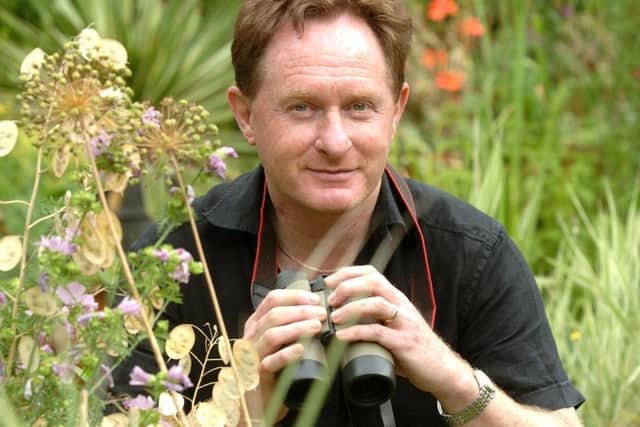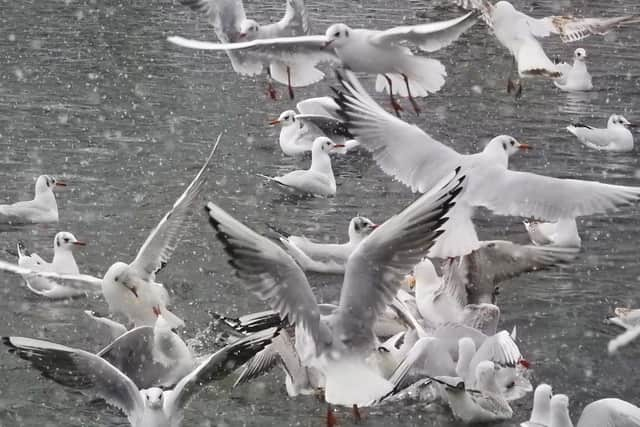Black-headed gulls ruling the Sheffield park roost
and live on Freeview channel 276
They are increasingly common birds but spectacular nonetheless. Noisy, brash and ‘in-your-face’, these birds have learnt to live alongside people and to thrive.
They first started to roost and gather in pre-roosts in local parks like Meersbrook Park and Graves Park in Sheffield, back in the ice-cold grip of the winters of 1979 and 1980.
Advertisement
Hide AdAdvertisement
Hide AdA few birds began to drop down and warily land on the rooftops of houses where I lived with my parents, and then, perhaps emboldened by the sheer cold, they started to come to garden feeders and to pre-roost on the grassy field at the top of the local park.


Once they had acquired the habit then they have never gone back and today will be seen on many suitable open spaces like playing fields, golf courses, and parklands.
In the picture the gulls are drawn as if by invisible strings to the free hand-out of local people feeding the birds on Graves Park pond (nee boating Lake!).
Here they boss the territory as they drive off any competition such as from coots, moorhens and mallard ducks, and then squabble among themselves as they vie for the best pickings.
Advertisement
Hide AdAdvertisement
Hide AdNature may be ‘red in tooth and claw’ but the gulls go ballistic for a slice of white bread.


Of course you shouldn’t feed such things to the birds but hey, old habits die hard and a cold wintry day it was not a time to give a lecture on how to feed the local birdlife!
Close by, unseen by most people, a big female sparrowhawk swooped low, half hidden in flurries of snow, and no doubt hoping for a good, plump wood pigeon to become an easy picking.
It disappeared unrewarded into the local wood but I am sure this was a shadow of death for some other poor bird.
Advertisement
Hide AdAdvertisement
Hide AdThere are plenty of wood pigeons in my wildlife garden and they are decidedly plump too!
*Professor Ian D Rotherham, of Sheffield Hallam University, is a researcher, writer and broadcaster on wildlife and environmental issues
In these confusing and worrying times, local journalism is more vital than ever. Thanks to everyone who helps us ask the questions that matter by taking out a subscription or buying a paper. We stand together. Nancy Fielder, editor.